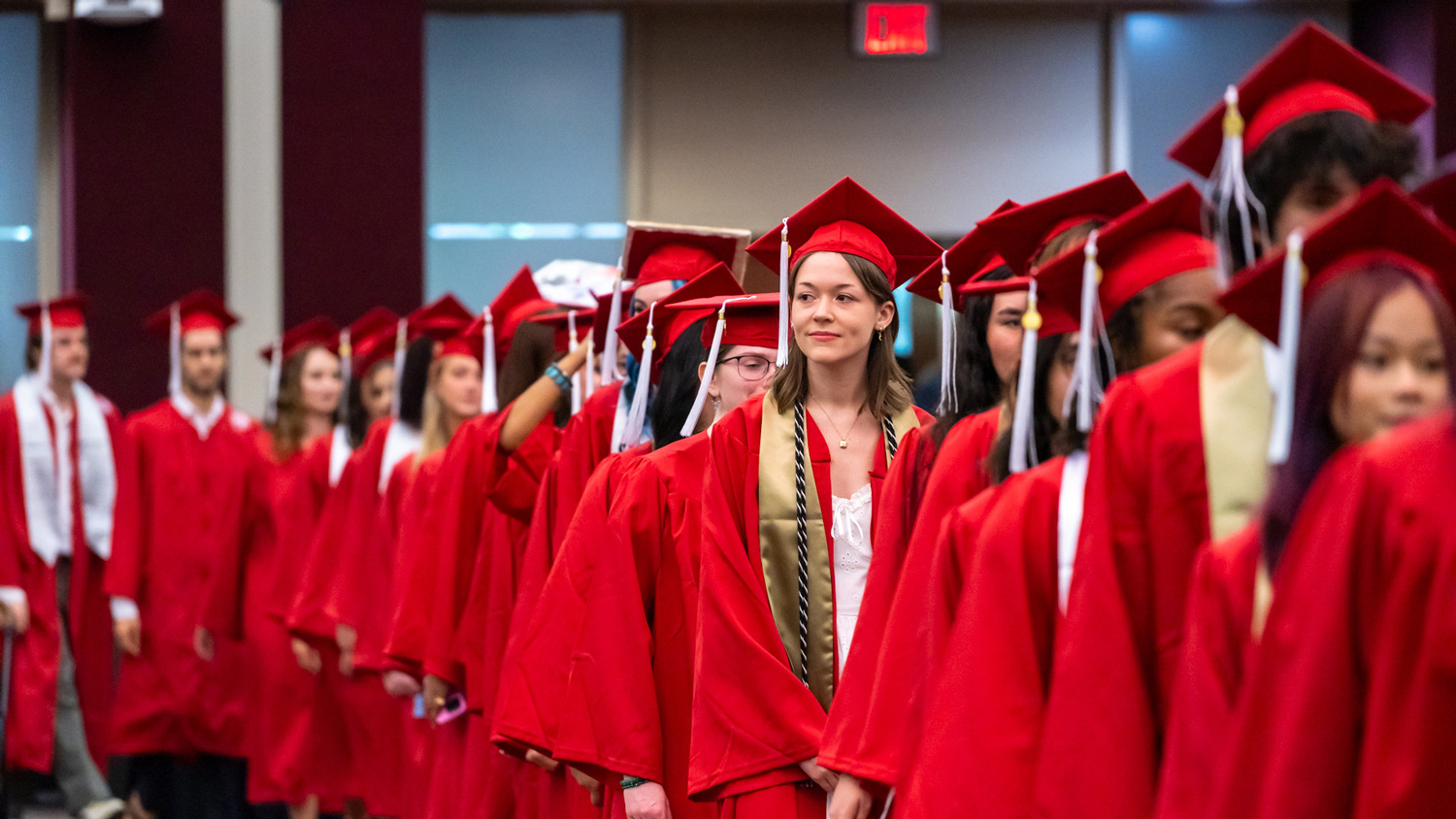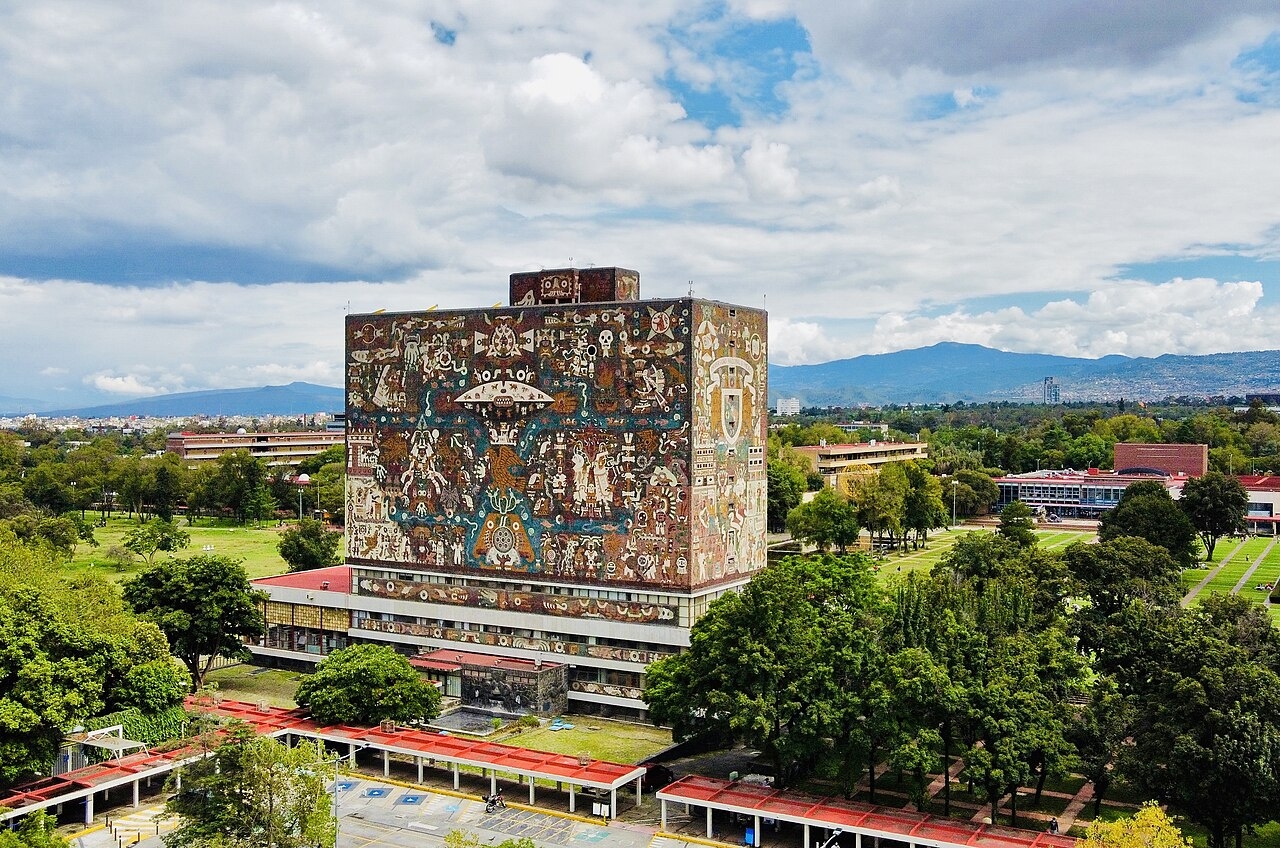Representing an Amalgamation of Peoples
Ashtyn Thomas never imagined she would be crowned Miss Lumbee 2023 on the same stage countless Lumbee women graced before her. This July, just one month prior to moving to Raleigh as a first-year NC State student, Thomas won her second Lumbee title. Now, she serves as an ambassador while balancing her responsibilities as an architecture student in the College of Design.
Thomas grew up attending the annual Lumbee Homecoming celebration where she, alongside her mother and grandmother, watched the women in the community take part in pageants and serve as Lumbee ambassadors. In the heart of Pembroke, North Carolina, the Lumbee gather for a week of homecoming festivities including five pageants, a parade, powwow, concert, meals, craft fairs and so much more.
While the Lumbee people may have spread out over the years, they find a foothold wherever they find their community, including at NC State.
Finding Home at NC State
Assimilating to campus life wasn’t easy for Thomas. Coming from a close-knit community to a large university with nearly 40,000 students while taking on a full architecture course load made it difficult to manage her schedule and find time to make connections. Thomas eventually found a routine that worked for her and the organizations she wanted to invest her time in.
“It was really tough to find my way, but after August, I had a better understanding of campus, who my people are on campus and what groups I fit into,” says Thomas. “I was able to find my community, and now I feel like I have a good balance between my role as a first-year and what’s expected of me as a Lumbee ambassador.”
Among new and old friends in the Native American Student Association, Native American Students in Engineering and Science, and a Native drum group, Thomas has also found community within the office of Multicultural Student Affairs (MSA).
She credits MSA assistant director Gavin Bell for his commitment to connecting with Native students and ensuring they have the space and support to thrive on our campus. “Gavin has been a really good friend of mine, and he is from home; he’s Lumbee,” says Thomas.
“He knows how important community is in our culture, and I can go to the MSA suite anytime I need to talk. It’s good to have him and a community of Native people who know where I’m from and know my roots because coming to NC State has been a huge change, and finding my community here makes me feel connected to home.”
“Coming to NC State has been a huge change, and finding my community here makes me feel connected back home.”
Main campus is home to various spots Thomas has found comfort in, including the Court of North Carolina. The shady trees and flow of people make for the perfect conditions when she wants to sketch or work on her drawings. Academically, Thomas has also found her footing surrounded by design students. The Environmental Design in Architecture program has a small cohort, but during the required studio hours in Leazar Hall, they’re able to listen to music and have fun together.
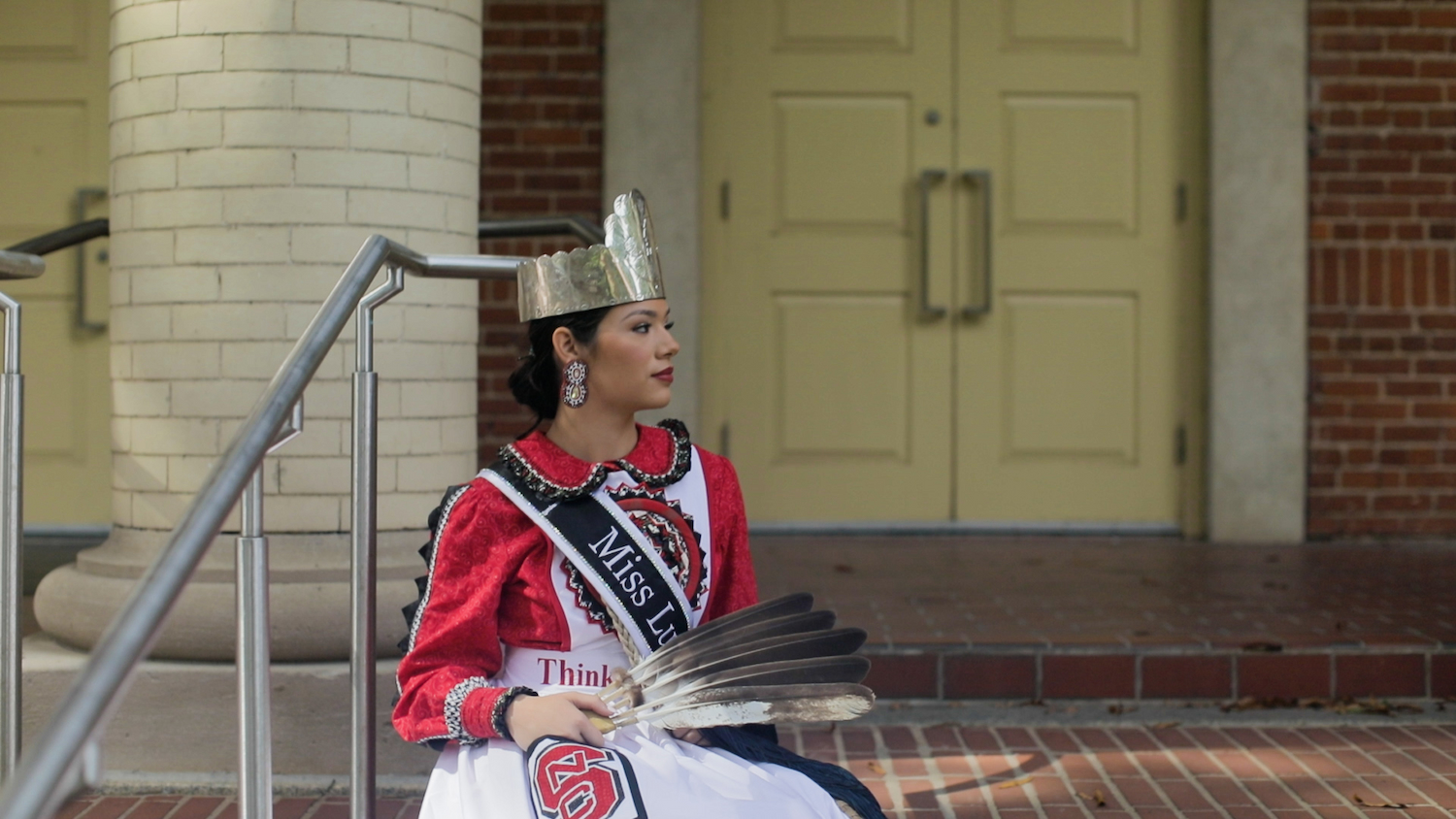
Becoming Miss Lumbee
To compete in the Miss Lumbee pageant, contestants must have a cultural platform they’d like to advocate for. Thomas’ course of study greatly influenced her choice to develop R.I.S.E., which stands for Resilient and Intelligent young women Supporting Empowerment. The initiative is designed to help advance the pursuit of STEM careers by young Indigenous women and will partner with the grant programs IndigeCHOICE and Project 3C to provide resources and preparation needed for any field of study.
“By going into architecture, I want to show young women that you can step outside of the box,” says Thomas. “You may have to leave the community and find a new one, like I am doing at NC State, but that’s okay because it means Lumbees are making more representation for ourselves. And it means that Lumbee women are climbing and rising, like our ancestors would have wanted.”
“Lumbee women are climbing and rising, like our ancestors would have wanted.”
When deciding the direction of R.I.S.E., Thomas interviewed Oneida Odom, a Lumbee woman from Lumberton who aspired to become an architect in the 1970s but was denied work. This connection and the lack of female Lumbee architects shaped the R.I.S.E. platform. Thomas hopes the initiative helps heal generational wounds that might have prevented ancestors from following their dreams.
Thomas’ platform was one element of her participation in the Miss Lumbee pageant. She also sang “I Have Nothing” by Whitney Houston, prepared for an interview and found attire to best represent herself during the regalia and evening gown portion of the pageant. Her success comes down to her preparation, and that is still helping her with her ambassador duties today as she regularly attends community events and educates others on the Lumbee tribe.
The Mentorship Cycle
A large part of the responsibilities the title of Miss Lumbee carries is mentorship. Miss Lumbee is expected to mentor the three other crowned Lumbee ambassadors — Little Miss, Junior Miss and Teen Miss — in addition to the expectation of being available for and supporting all Lumbee women.
As daunting as the task may seem, the women that have kept the legacy going for decades make it seamless and continue to push the mentorship cycle forward. Thomas explained, “It was never just a pageant to me. It’s truly something that I love, and it’s the best job in the world. Honestly.”
Thomas urges students and everyone on NC State’s campus to know their own culture. One of the first lessons she learned away from her community is the importance of knowing her culture and history for moments when she is around people who are misinformed.
“You need to truly learn who your people are, where they come from and why they are still here today,” she says.
Keeping the Culture Close
As Thomas’ reign continues, she is keeping what matters to her close — especially on the traditional dress she helped make alongside tribal elders.
“The embellishments on our regalia are a representation of who we are and what is important to us,” says Thomas. “When I put pieces of NC State on my dress, it shows NC State is a place where I’ve found home and will be home for the next four years.”
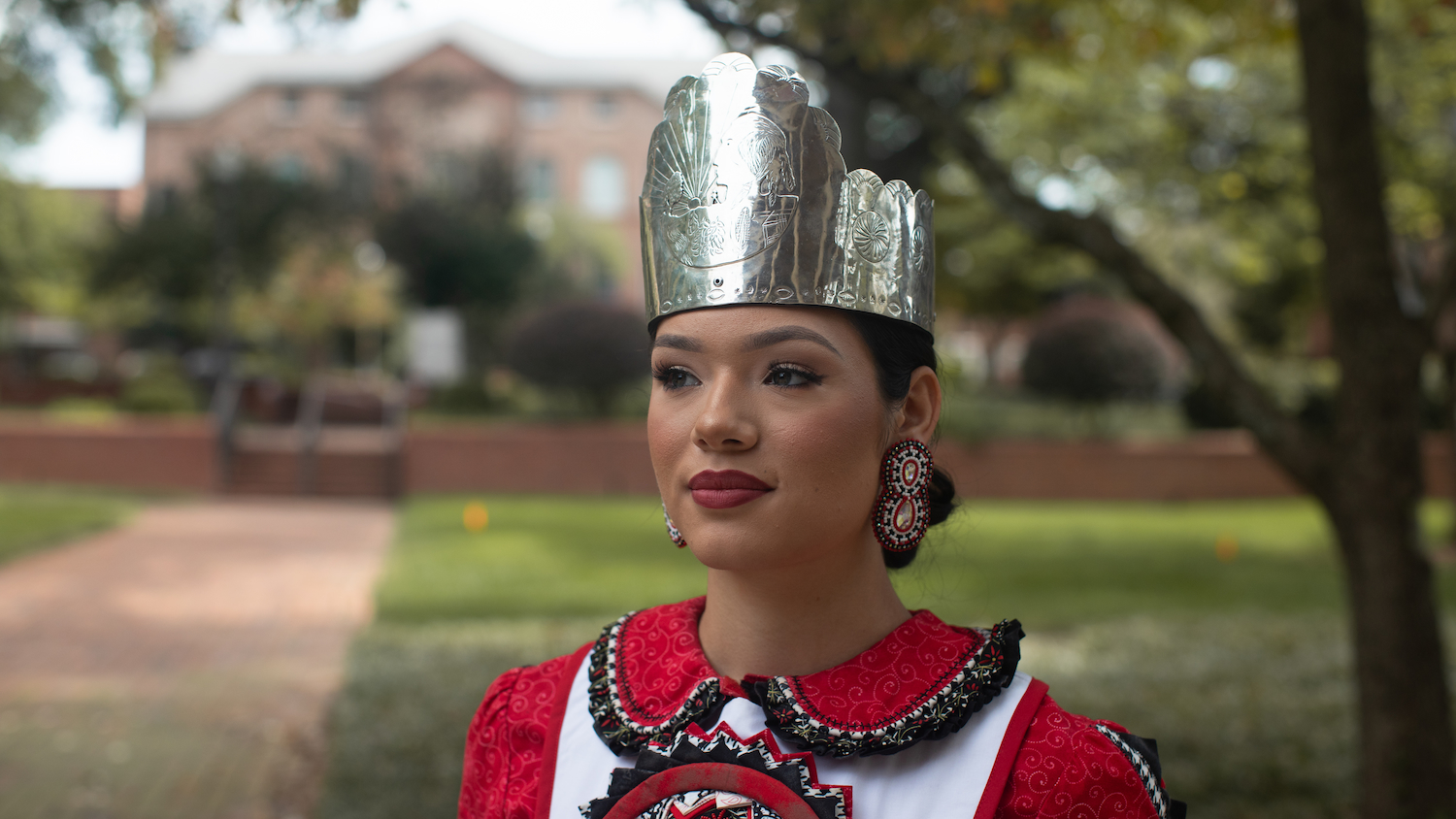
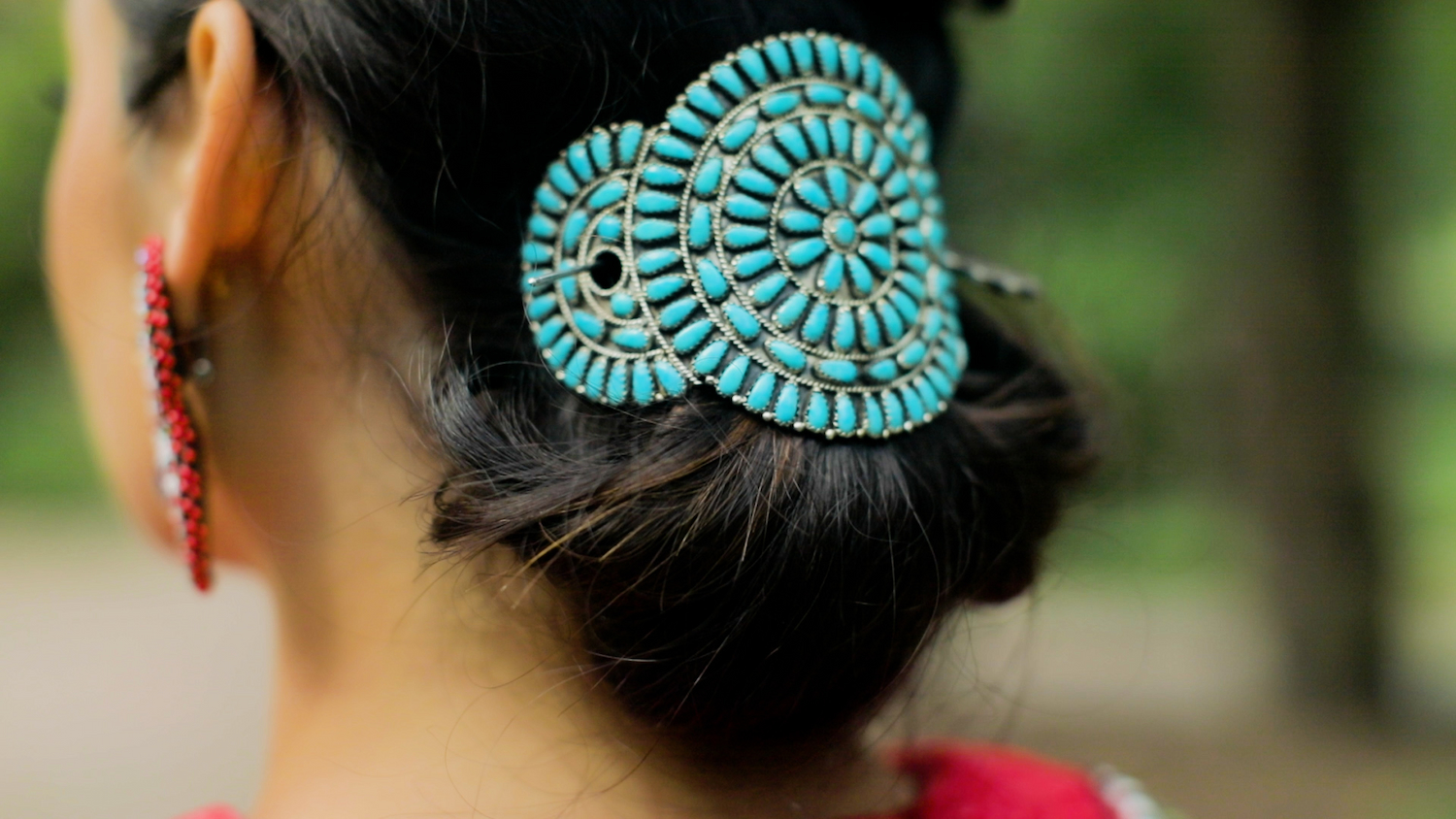
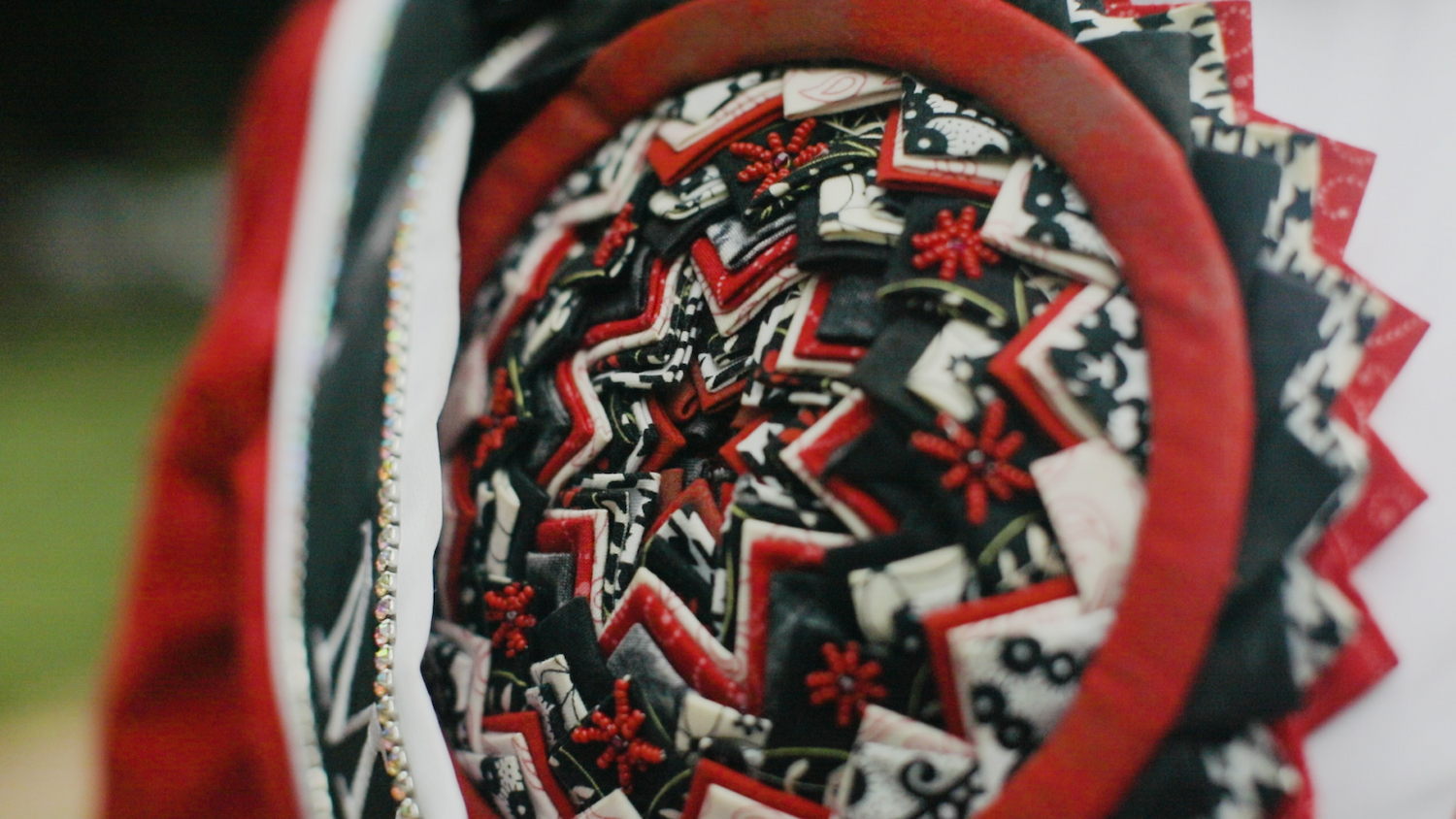
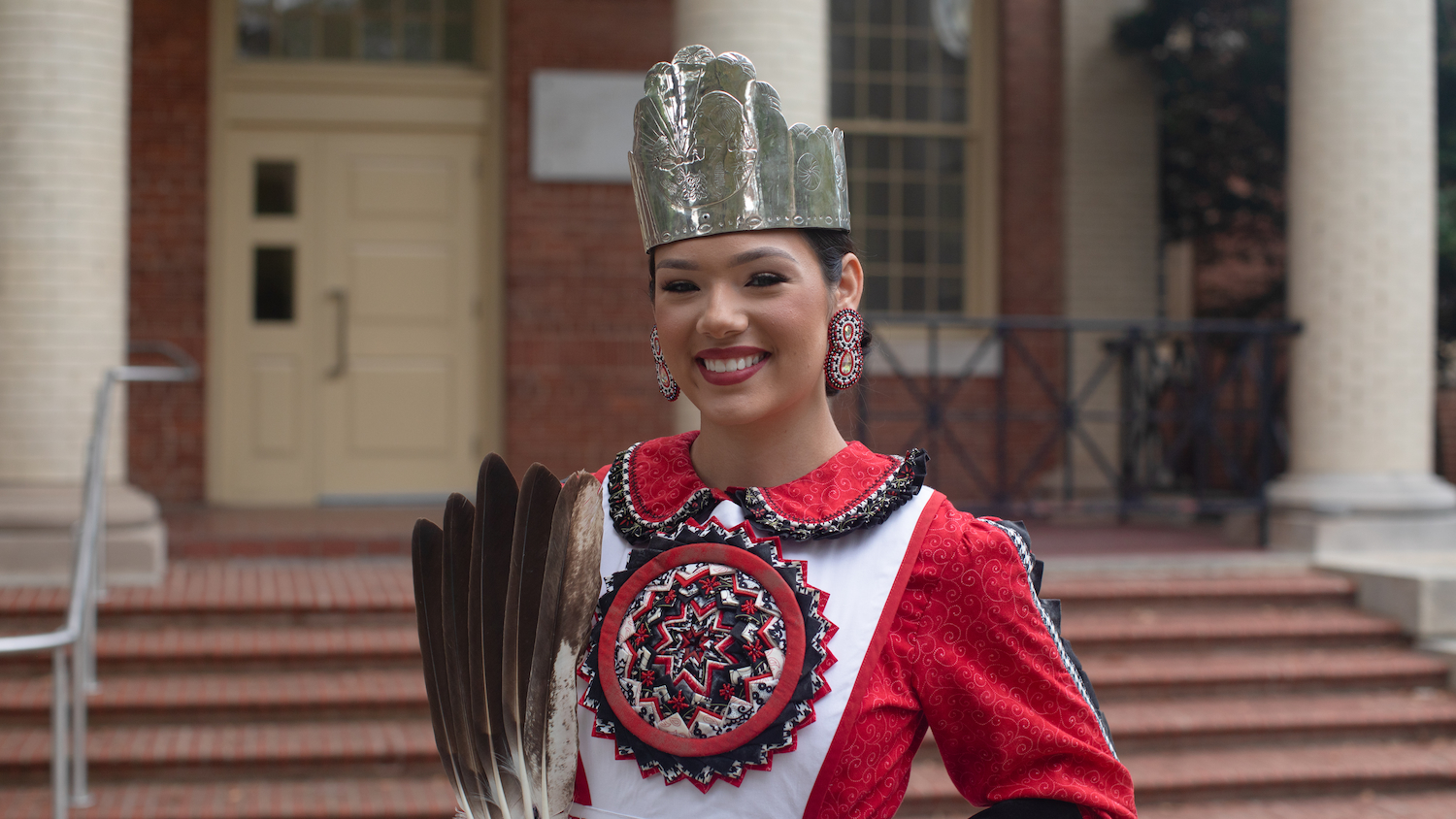
In 1885, the Lumbee Tribe was recognized by the state of North Carolina as an Indian Tribe, and again in 1956 by Congress. Despite being recognized by state and national governments, the Lumbee people were not granted full federal recognition or benefits, like tribal sovereignty or resources, associated with the level of recognition.
“The Lumbee continue to fight for access to the federal benefits we were promised in 1956,” says Thomas. “I participate in that fight every chance I get by telling others about our people, heritage and culture.”
Currently, the Lumbee Tribe is the largest tribe in North Carolina. It is also the largest tribe east of the Mississippi River and the ninth largest in the United States. As a tribe more than 60,000 strong, the Lumbee are an amalgamation of history and peoples.
“It’s easy for me to be able to express the love that I feel when I’m at home, no matter where I am.”
To Thomas, it’s vital that she represents her community to the best of her ability while recognizing that she cannot do it alone. She and countless other Lumbee ambassadors work together to uplift the oral history and cultural practices of their people across North Carolina and nationally at events like the Gathering of Nations, the largest powwow in North America.
“Coming from a town, a community, that’s so flamboyant in their expression of love for our heritage is awesome,” says Thomas. “It’s easy for me to be able to express the love that I feel when I’m at home, no matter where I am.”

